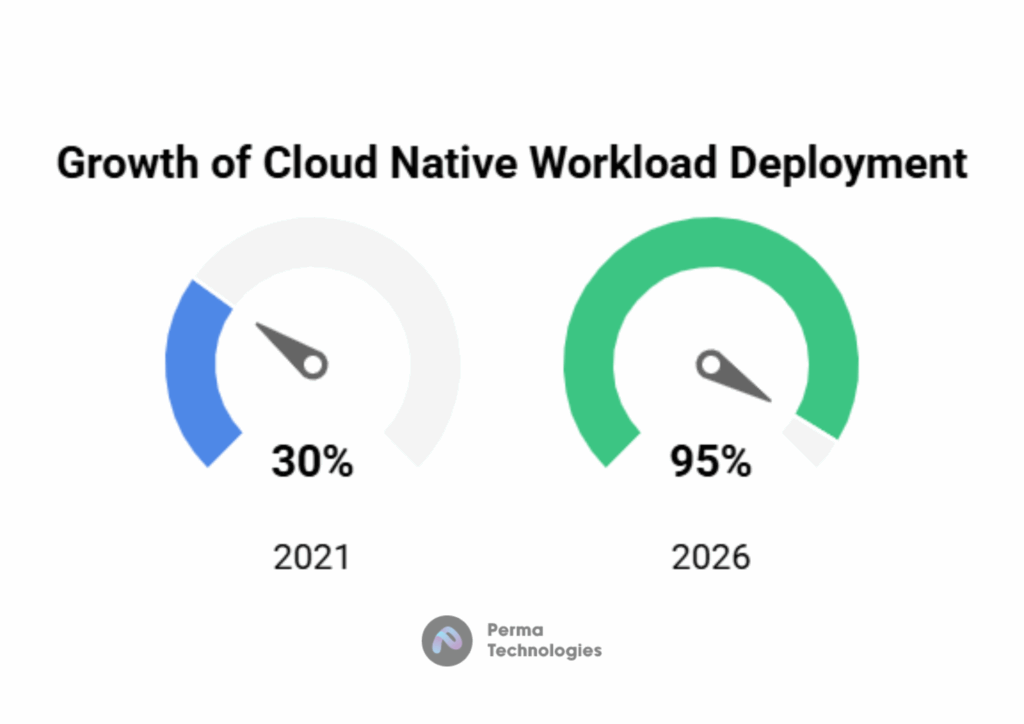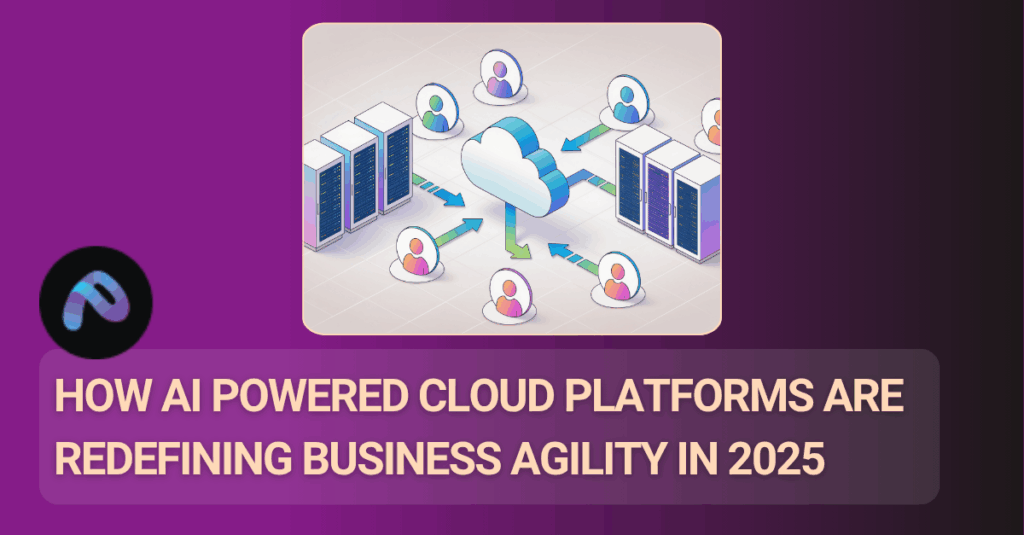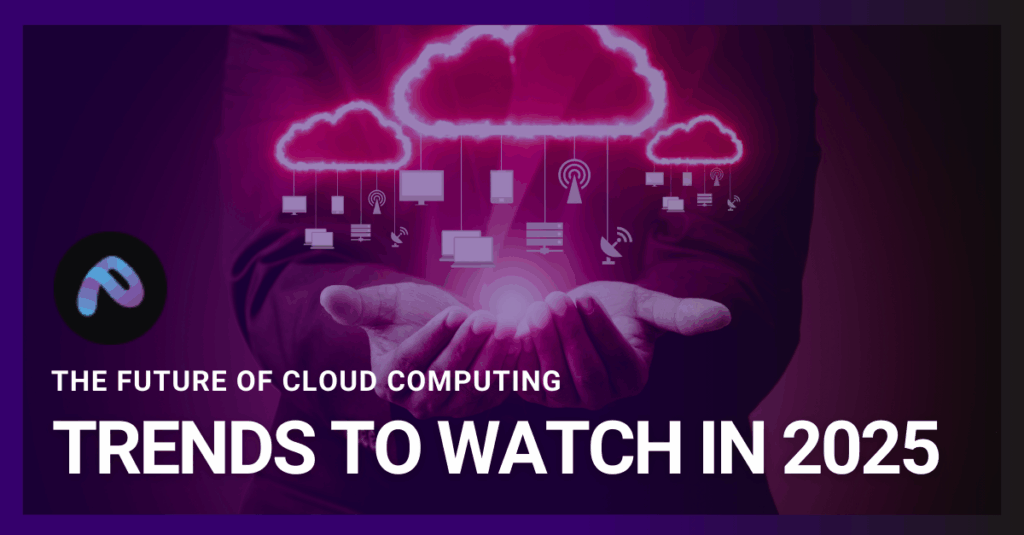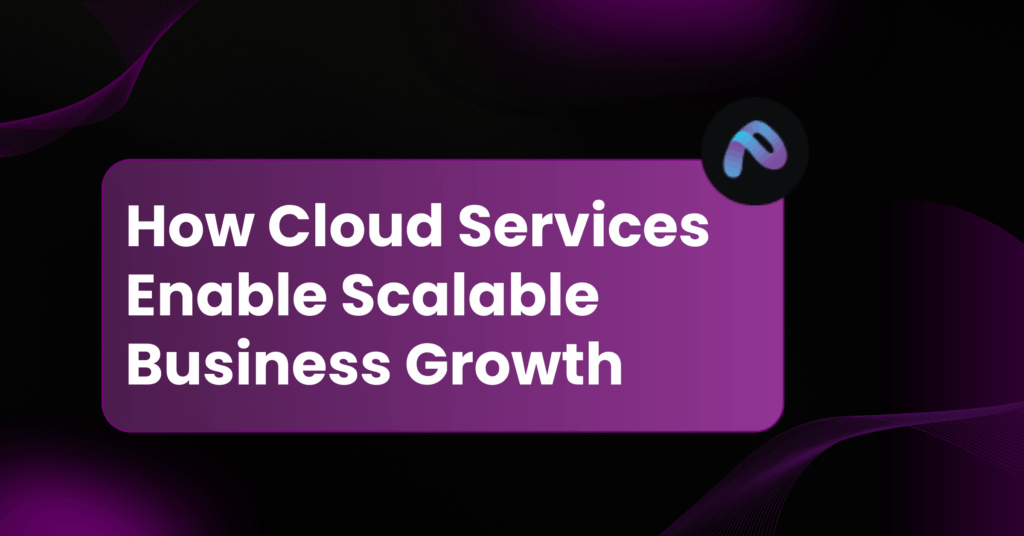In the era of digital transformation, selecting the right cloud deployment model is one of the most critical decisions an organization must make to ensure operational efficiency, security, and scalability. As businesses increasingly migrate to the cloud, choosing between a public cloud, private cloud, or hybrid cloud solution can significantly impact costs, compliance and long term agility.
According to Gartner, over 95% of new digital workloads will be deployed on cloud native platforms by 2026 up from 30% in 2021. This surge reinforces the need for a clear understanding of deployment options and their alignment with business goals.

In this comprehensive guide, we’ll explore each cloud deployment model in depth, compare their features, highlight industry trends and provide actionable insights to help you make a data driven decision.
Quick Comparison Table: Public vs Private vs Hybrid Cloud (2025)
| Feature/Aspect | Public Cloud | Private Cloud | Hybrid Cloud |
| Ownership | Third-party providers | Owned/managed by single org | Combination of both |
| Cost Model | Pay-as-you-go | CapEx heavy + OpEx | Mix of CapEx and OpEx |
| Scalability | High | Medium (limited by hardware) | Very High (cloud bursting support) |
| Security | Moderate (multi-tenant) | High (isolated infrastructure) | Very High (flexible policies) |
| Compliance Support | Basic to Moderate | Strong | Strong (when configured properly) |
| Management Complexity | Low | High | High |
| Ideal Use Case | Startups, Dev/Test, SaaS apps | Finance, Healthcare, Government | Enterprises with mixed workload needs |
1. What is a Public Cloud?
A public cloud is a multi tenant cloud environment hosted and maintained by third party providers such as Amazon Web Services (AWS), Microsoft Azure and Google Cloud Platform (GCP). These platforms provide computing resources over the internet on a subscription or pay as you go basis.
Key Advantages of Public Cloud
- Cost Effective Scalability: Businesses can avoid capital expenditures (CapEx) by subscribing to cloud services that scale with demand.
- Global Availability: Providers operate data centers worldwide, ensuring low latency access and business continuity.
- Automatic Updates: The cloud provider handles patches, updates and hardware maintenance.
- Faster Deployment: Provision new environments within minutes, enabling rapid experimentation and development.
- Focus on Core Business: Outsourcing infrastructure management lets teams focus on innovation rather than IT maintenance.
Disadvantages
- Security Risks in Multi Tenant Environments: Sharing infrastructure with other clients may introduce risks, especially in regulated industries.
- Limited Customization: You can’t modify the underlying infrastructure to suit unique compliance or performance needs.
- Vendor Lock In: Applications built around specific cloud platforms may face migration challenges.
- Internet Dependency: Outages or poor connectivity can hinder access to mission critical services.
Best For:
- SaaS startups and mobile/web application hosts.
- Agile teams running CI/CD pipelines.
- Businesses looking for a quick setup with minimal capital investment.
2. What is a Private Cloud?
Private cloud refers to a cloud infrastructure that is used exclusively by a single organization. It can be hosted internally or externally but is not shared with others, offering complete control over resources.
Key Advantages of Private Cloud
- Enhanced Security & Data Isolation: Dedicated hardware ensures strict data governance ideal for handling PII, PHI and financial records.
- Compliance Readiness: Facilitates HIPAA, GDPR, PCI-DSS, and other regulatory mandates more effectively.
- Performance Consistency: Dedicated resources avoid the “noisy neighbor” issue of public clouds.
- Custom Infrastructure: Tailor configurations and security protocols to your precise needs.
- Data Sovereignty: Determine exactly where data is stored to meet regional legal requirements.
Disadvantages
- High Cost of Ownership: Initial CapEx for hardware/software and ongoing OpEx for maintenance.
- Skilled Staff Requirement: Need for in house expertise to manage, monitor, and secure the environment.
- Scalability Limitations: Requires hardware upgrades and provisioning lead times for scaling.
- Longer Time to Market: Initial deployment and change cycles can be slower compared to public cloud.
Best For:
- Financial services, government and healthcare industries.
- Businesses with predictable workloads and rigid compliance requirements.
- Enterprises requiring full control over data and infrastructure.
3. What is a Hybrid Cloud?
A hybrid cloud combines public and private cloud environments with orchestration between them. This model allows data and applications to be shared or moved between clouds for flexibility and optimization.
Key Advantages of Hybrid Cloud
- Dynamic Workload Management: Keep sensitive data in the private cloud while bursting to the public cloud during spikes.
- Cost Efficiency: Optimize spending by running mission critical apps on private cloud and variable loads on public cloud.
- Improved Disaster Recovery: Failover and backup scenarios are easier to implement by leveraging multiple environments.
- Legacy Integration: Connect on premises legacy apps with modern SaaS or cloud native services.
- Enhanced Agility: Quickly adapt to changing workloads and user demands across multiple platforms.
Disadvantages
- Management Complexity: Requires robust orchestration and monitoring tools to manage across environments.
- Security Gaps: Secure data transfers and maintain consistent policies across platforms.
- Integration Overhead: APIs, VPNs, and middleware may be required for full compatibility.
- Data Transfer Costs: Moving large volumes of data between clouds can be expensive.
Best For:
- Enterprises pursuing digital transformation.
- Businesses running both legacy and modern apps.
- Organizations balancing cost, performance and compliance needs.
Cloud Adoption Trends in 2025
Cloud computing continues to be the backbone of digital operations. Here are some key trends and statistics:
| Cloud Trend (2025) | Insight/Projection |
| Cloud Spend | Global cloud spending to reach $679 billion by end of 2025 (IDC) |
| Multi-Cloud Adoption | 76% of enterprises use more than one cloud provider (Flexera 2025 State of Cloud) |
| Hybrid Cloud Usage | 82% of organizations say they have a hybrid cloud strategy |
| Private Cloud Investment | Up by 15% YoY due to increased regulatory requirements |
| Security Remains Top Concern | 77% of IT leaders cite security as the top cloud adoption challenge |
Key Factors to Consider Before Choosing a Cloud Deployment Model
Before finalizing your cloud strategy, evaluate the following considerations to align your deployment with organizational objectives:

1. Total Cost of Ownership (TCO)
- Assess both upfront and long-term costs.
- Include infrastructure, maintenance, licensing, and personnel expenses.
- Use cloud cost calculators from AWS, Azure, or GCP to simulate different scenarios.
2. Security & Compliance
- Determine if your data is subject to HIPAA, GDPR, or CCPA regulations.
- Consider encryption, identity access management (IAM), and audit trails.
- Look for compliance-ready cloud partners with certifications like ISO 27001 and SOC 2.
3. Scalability & Elasticity
- How quickly can you scale resources in response to demand?
- Public and hybrid clouds offer auto-scaling; private clouds require physical upgrades.
4. Infrastructure Control
- Do you need full control over hardware configurations, firewalls, and networking?
- Private cloud gives you total ownership, while public cloud limits customization.
5. In House Expertise
- Can your team manage complex infrastructure and security configurations?
- Public cloud reduces the need for IT management; private cloud increases it.
Conclusion: Choosing the Right Cloud Strategy in 2025
Selecting between public, private, and hybrid cloud models isn’t a one size fits all decision. Each model offers distinct advantages and potential drawbacks and the right solution depends on your organization’s:
- Business goals
- Budget constraints
- Regulatory landscape
- Growth trajectory
- Existing IT infrastructure
– A public cloud is ideal for agility, innovation and startups.
– A private cloud is best suited for high security and regulated industries.
– A hybrid cloud provides the flexibility to navigate both worlds with control and cost optimization.With cloud computing projected to dominate enterprise IT strategy in 2025 and beyond, a thoughtful deployment choice ensures not only cost savings but also agility, resilience and competitive advantage.





